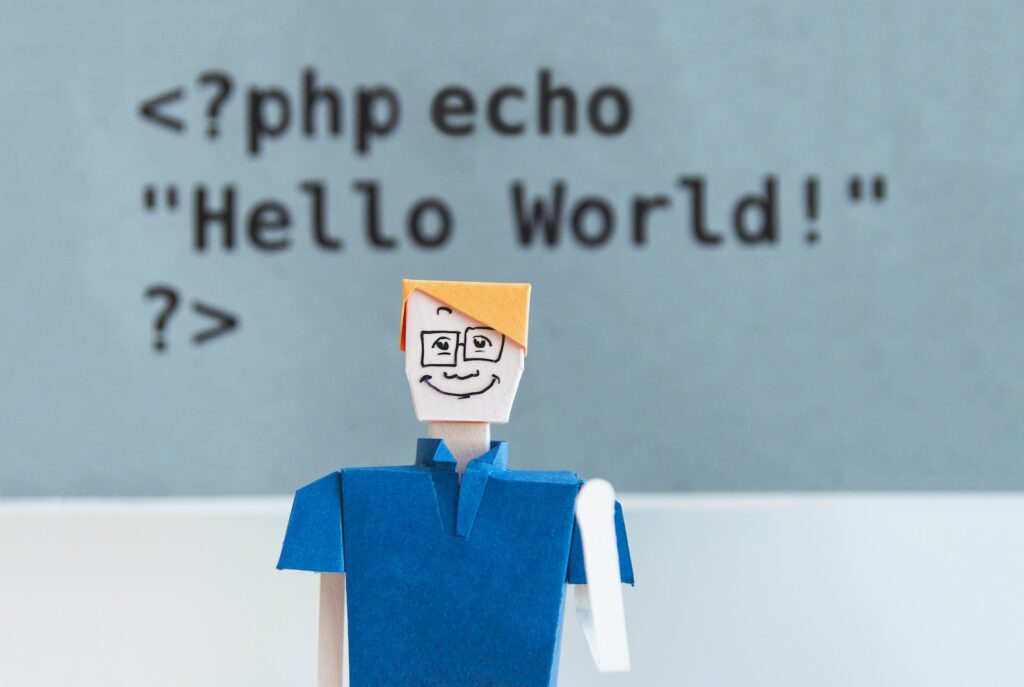WordPress and Webflow are both popular website builders with their own set of unique features and advantages. While WordPress is a widely used and more established platform, Webflow is a newer entrant in the market with a growing user base. In this blog post, we will explore the differences between WordPress and Webflow and help you decide which one is better suited for your website needs.
Ease of Use
When it comes to ease of use and user-friendliness, Webflow takes the lead. With its intuitive drag-and-drop interface and visual editor, users can easily build websites without any prior coding experience. Webflow’s interface is designed to eliminate the need for complex coding, making it an easy-to-use platform for beginners.
On the other hand, WordPress may appear more complex in comparison, especially for those who are new to website design. While it offers a range of themes and templates for users to choose from, customizing them requires some level of coding knowledge. However, once users become familiar with WordPress, they can design a website that meets their unique needs and preferences.
Design and Customization
Webflow offers a wide range of design options and customization features, making it easy to design unique and visually appealing websites. The platform provides users with access to a library of templates, elements, and pre-built sections. Users can also create their own designs and layouts using Webflow’s drag-and-drop interface.
WordPress, on the other hand, offers thousands of themes and plugins, making it easy to customize the look and feel of a website. WordPress themes range from simple, minimalist designs to complex, feature-rich templates that cater to specific niches. Users can also create their own custom designs, but this requires some level of coding knowledge.
Flexibility
Both Webflow and WordPress are highly flexible platforms that can be used to create a wide range of websites, from simple blogs to complex e-commerce stores. However, Webflow is more focused on creating visually stunning, responsive websites that are optimized for the web. It is also better suited for smaller websites with less complex functionality.
WordPress, on the other hand, is more flexible and better suited for larger websites with more complex functionality. It offers a range of plugins, extensions, and integrations that can be used to add additional features and functionality to a website. WordPress also enables users to create custom post types, taxonomies, and advanced custom fields, making it a powerful and flexible platform for building websites.
SEO Performance
Both Webflow and WordPress are SEO-friendly platforms that can help websites rank higher in search engine results. However, WordPress has a slight edge over Webflow in terms of SEO performance. WordPress is optimized for search engines and offers a range of SEO plugins, such as Yoast SEO, that can be used to improve a website’s search engine visibility.
Webflow, on the other hand, is designed to create visually stunning websites that are optimized for the web. While it offers some basic SEO features, it is not as powerful as WordPress when it comes to SEO performance.
Cost
Webflow is a subscription-based platform that offers different pricing plans depending on the features and functionality required. The plans start from $12 per month for basic websites and go up to $212 per month for e-commerce websites. While Webflow’s pricing plans may seem expensive, the platform’s ease of use and powerful design features make it a worthwhile investment for those who need a visually stunning website.
WordPress, on the other hand, is a free open-source platform that can be downloaded and installed on any web server. However, users need to purchase a domain name, web hosting, and premium plugins or themes to fully customize their website. The cost of setting up a WordPress website can vary depending on the hosting provider and the premium plugins and themes. However, WordPress is generally considered to be more cost-effective than Webflow.
Conclusion
In conclusion, both Webflow and WordPress are powerful website builders with unique features and advantages. Webflow is better suited for smaller websites with less complex functionality, while WordPress is more flexible and better suited for larger websites with more complex functionality. Webflow is easier to use and offers powerful design features, while WordPress requires some level of coding knowledge but offers a wider range of customization options.
Ultimately, the choice between Webflow and WordPress depends on the user’s needs and preferences. If you are looking for an easy-to-use platform with powerful design features, Webflow may be the better choice. If you require a flexible platform with advanced functionality and customization options, WordPress may be the better choice.

